What Are Hypoallergenic Metals? A Guide to Skin-Safe Jewelry
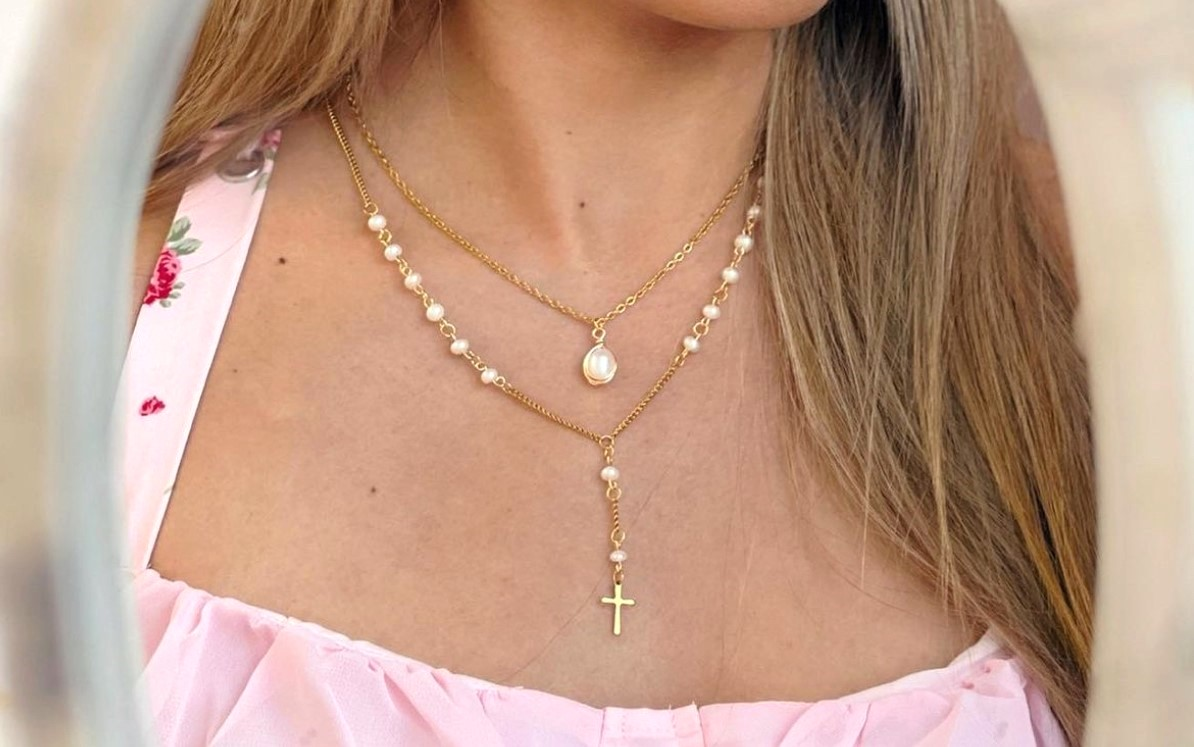
Do you suffer from red, itchy skin due to jewelry? You're not alone! Many with sensitive skin or metal allergies find it hard to wear non-irritating jewelry. Hypoallergenic metals offer a solution! In this blog, we'll explore skin-safe metals for a comfortable, stylish experience.
Understanding Hypoallergenic Metals
Many jewelry metals are alloys, meaning a combination of metals to add strength. Nickel, a common alloy, strengthens softer metals but can trigger allergies.
Hypoallergenic metals don’t cause skin reactions like redness, puffiness, or itching, making them perfect for those with metal allergies. They're often used in jewelry for a comfortable experience.
Not all metals are hypoallergenic, so here we'll guide you on selecting pieces from hypoallergenic metals for an allergy-free experience.
Common Metal Allergens

As mentioned earlier, a nickel allergy is the most common allergic reaction and can cause red, itchy skin or dry skin patches. However, it’s not the only metal that can cause an allergic reaction. Allergies to other metals like copper, chromium, and cobalt are also possible, but these are less common.
Being aware of these potential metal allergens is necessary when selecting jewelry, particularly if you have sensitive skin. Opting for hypoallergenic metals allows for a comfortable experience when wearing fine jewelry.
Best Hypoallergenic Metals
For those with sensitive skin, we believe these are the five best hypoallergenic metals that provide style and comfort!
1. Stainless steel
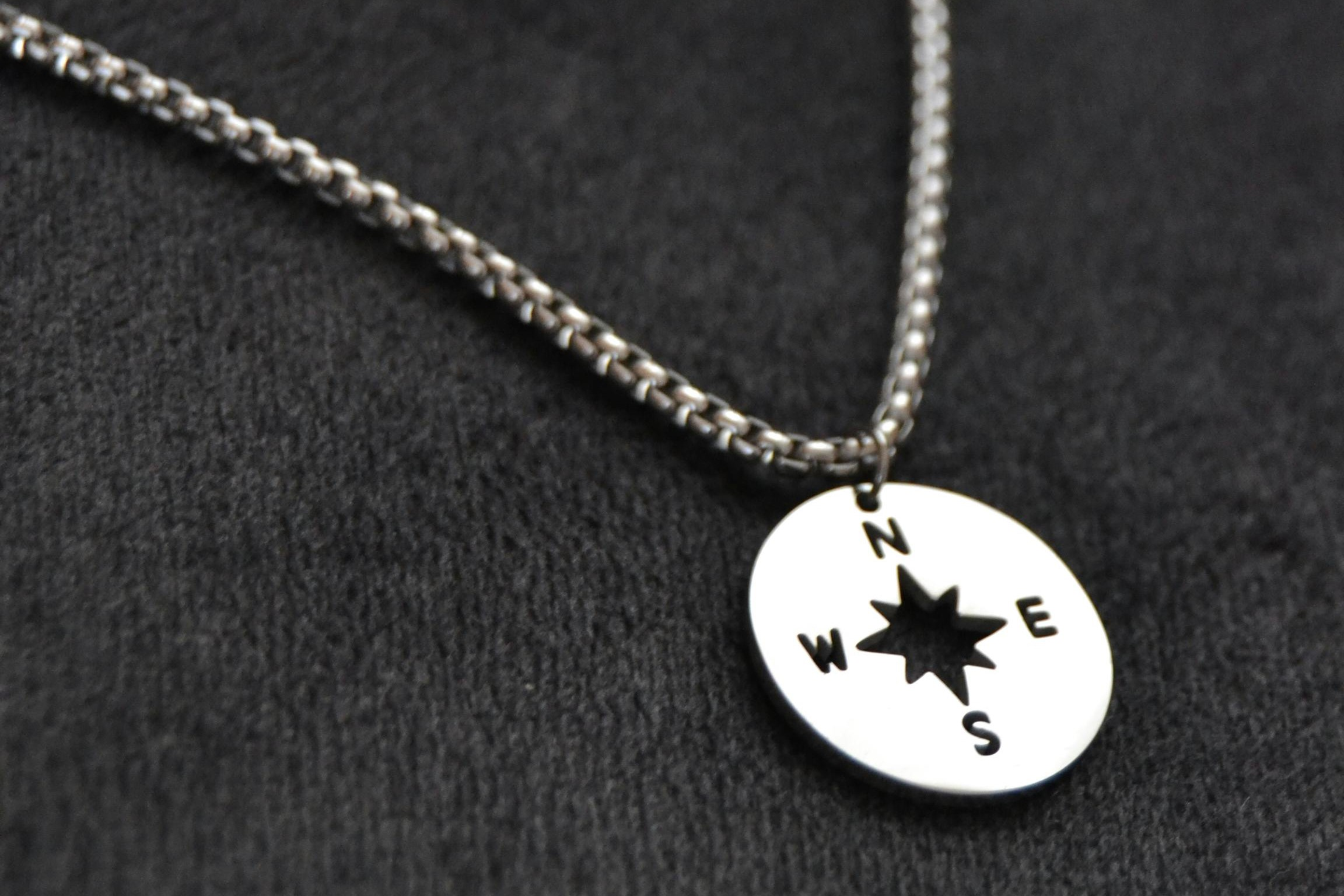
Stainless steel is a strong, durable, low-maintenance, and affordable metal that lives up to its hype. It's corrosion and tarnish-resistant, can be worn in many different settings (like the beach or in the shower), and able to regenerate its surface when scratched! Its malleability allows for various colors and styles, making it an excellent choice for jewelry!
While it may contain low levels of nickel (up to 10%), surgical-grade stainless steel is nearly 100% nickel-free, making it ideal for those with highly sensitive skin who want to wear metal jewelry without risking an allergic reaction.
2. Platinum
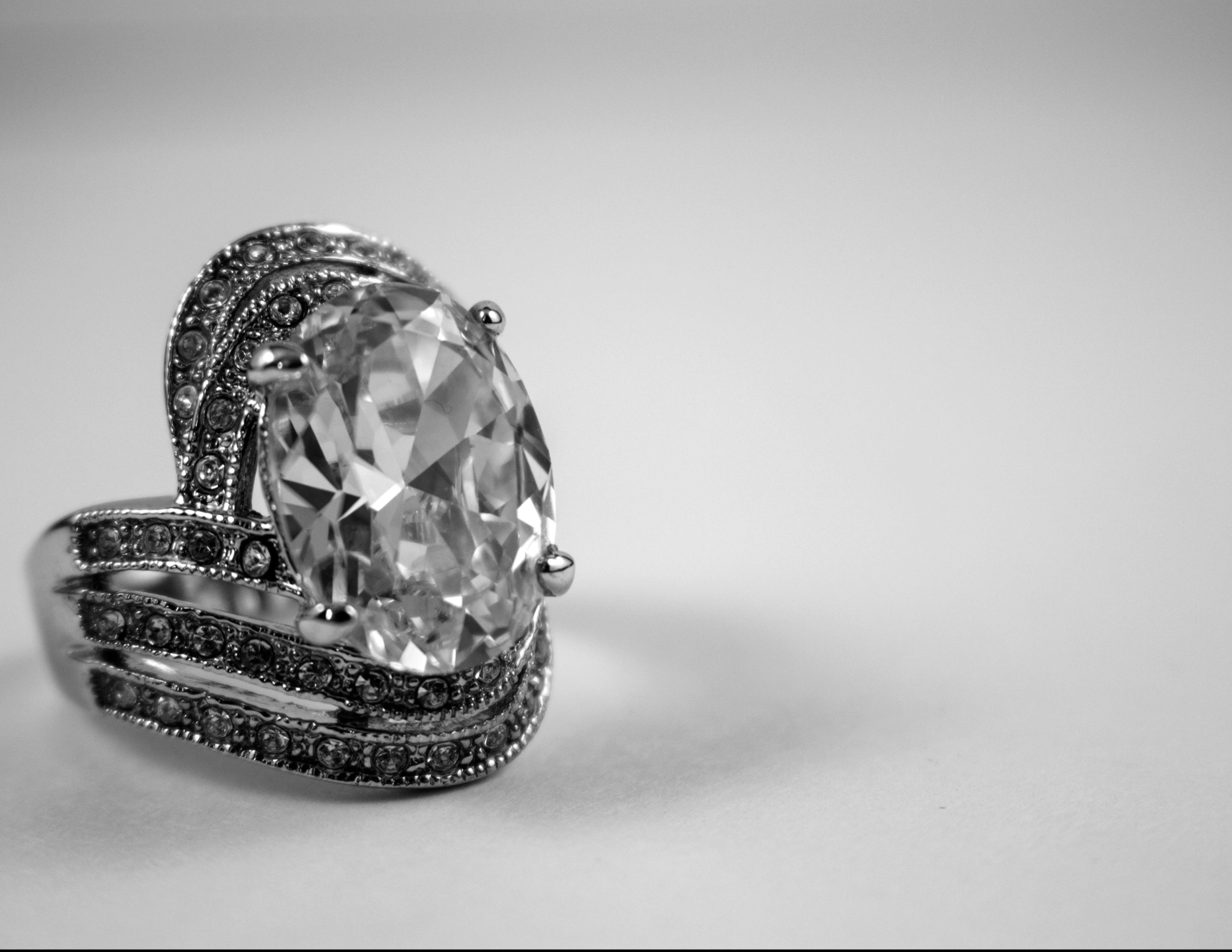
Platinum, being 95% pure and free from metal alloys like nickel or sterling silver, is widely regarded as the most hypoallergenic metal. It's highly recommended by jewelers for those with skin allergies, especially nickel allergies.
Despite its prestige and hypoallergenic properties, platinum is expensive due to its rarity. Only 160 tons of platinum are mined annually, significantly less than the 1500 tons of gold mined each year. This rarity adds to platinum's allure and value.
3. Pure gold

Gold, known for its hypoallergenic properties, portrays luxury and radiance. However, its hypoallergenic nature depends on the karat rating; pure gold is hypoallergenic, while lower karats are often alloyed with other metals.
For minimal risk, choose 14k or higher for gold jewelry, though gold can be pricey. Only 24k gold is completely hypoallergenic as it's not alloyed, but it's rarely used due to its softness. Karat ratings denote gold purity; for example:
24 karat = 100% Gold
20 karat = 83% Gold
18 karat = 75% Gold
14 karat = 58% Gold
12 karat = 50% Gold
9 karat = 37.5% Gold
4. Sterling Silver
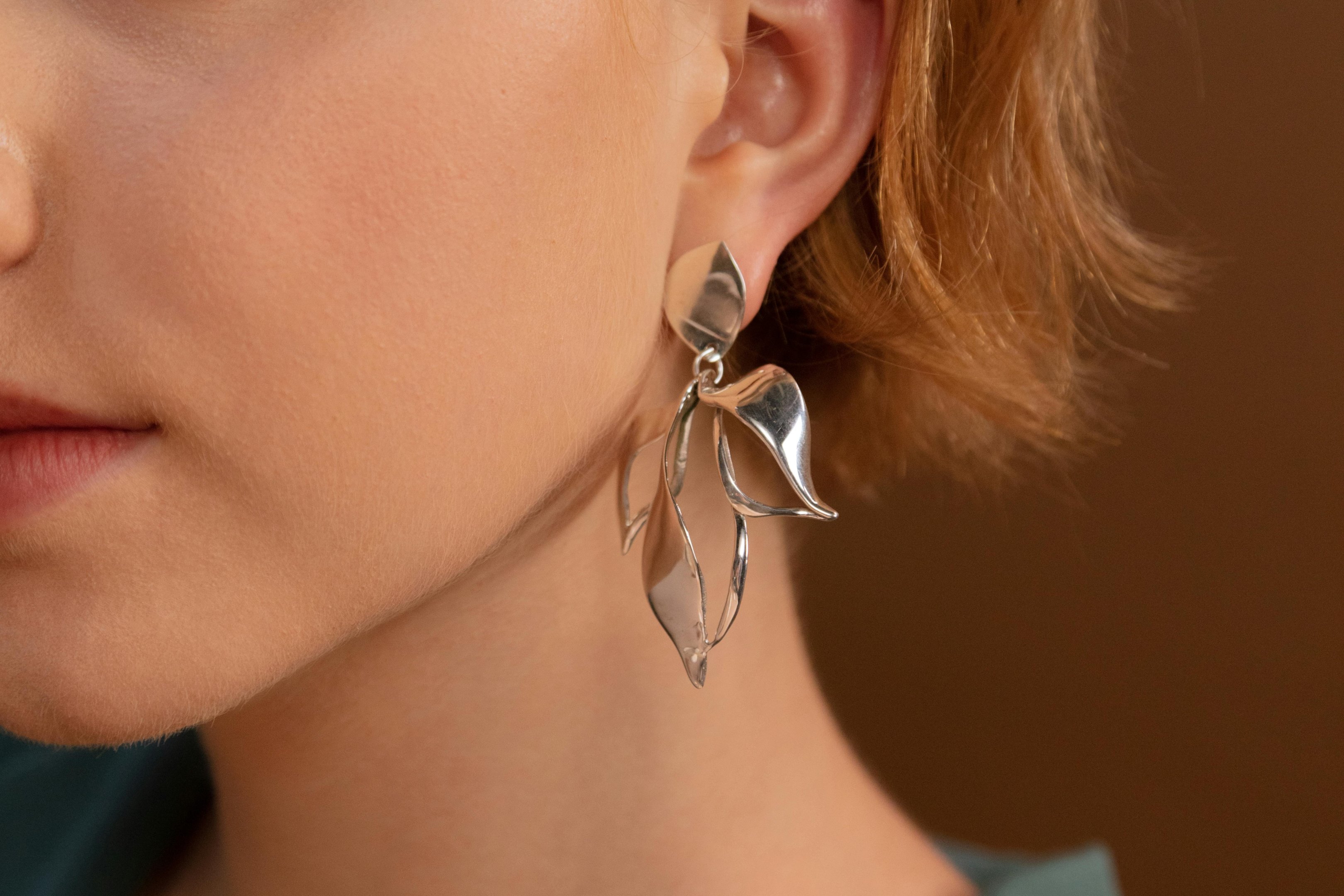
Sterling silver is commonly hypoallergenic, although it's an alloy comprising mostly of silver along with other metals. Some sterling silver variants are nickel-free, while others may contain nickel.
Additionally, sterling silver may include copper, potentially leading to skin discoloration. The presence of copper also contributes to tarnishing, but regular cleaning can mitigate this concern.
Wearing sterling silver jewelry regularly helps maintain its brightness, aided by the body's natural oils. To preserve their shine, store sterling silver jewelry away from cleaning agents and direct sunlight.
5. Titanium
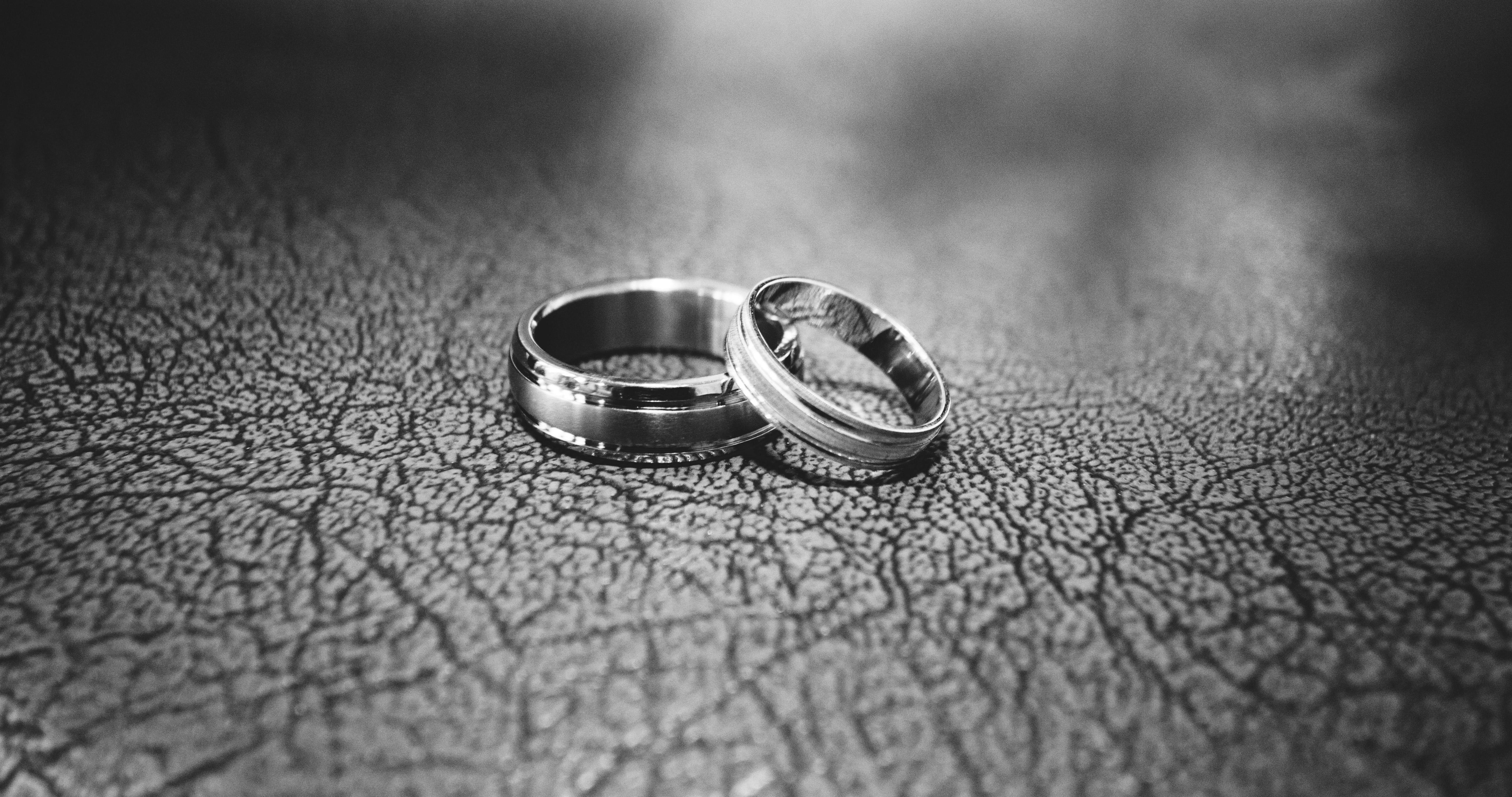
Titanium is a top pick for those with nickel, silver, or gold allergies, as skin reactions to titanium are exceptionally rare even for metal-sensitive individuals. Its alloys include aluminum and vanadium, not nickel, and it boasts corrosion resistance, making it suitable for wearing in water.
Being lightweight and durable, titanium resists bending, cracking, and scratching. However, resizing can be challenging due to its durability. Despite its resilience, titanium is more affordable than platinum and gold due to its abundant availability.
Alternative Hypoallergenic Metals: Hidden Gems
Apart from the most popular hypoallergenic metals, there are some precious metals hidden in the world of alternatives: niobium and palladium and rhodium plated. These metals offer unique properties and are gaining popularity for their skin-safe qualities.
Niobium
Niobium is a lesser-known metal that’s gaining attention for its hypoallergenic properties and vibrant colors. Mainly found in its pure form in jewelry, niobium is soft and used to add strength to other metals.
It's a less common metal to find, so it can be a bit more expensive, but still a great choice for hypoallergenic jewelry!
Palladium
Palladium, similar to platinum in appearance and cost-effectiveness, is a newer precious metal. It belongs to the platinum group, remains untarnished, and is often alloyed with ruthenium or iridium at approximately 95% purity.
Certain white gold alloys, like 18k palladium white gold, are hypoallergenic, utilizing palladium instead of nickel. This makes it an excellent choice for those with nickel allergies or sensitive skin, combining elegance and safety in jewelry selection.
Rhodium-Plated
Rhodium plating acts as a protective barrier, reducing the risk of irritation and making it hypoallergenic.
This type of jewelry not only offers peace of mind but also ensures long-lasting beauty and durability, making it a practical and stylish choice for individuals with specific skin sensitivities.
How to Identify Hypoallergenic Jewelry
Understanding how to identify hypoallergenic jewelry is easy! All you have to do is look out for, metal purity marks, "nickel-free" labels, and choosing reputable brands.
Metal Purity Marks
For gold jewelry check for these purity marks:
-
14 karat gold and above
For titanium jewelry, check for this purity mark:
-
Ti
For platinum jewelry, check for this purity mark:
-
Pt
Stainless steel products should have these labels:
-
"Hypoallergenic" or “surgical-grade”
Remember to avoid anything that says nickel or other risky alloys like copper. Also, avoid wearing jewelry that has "fashion jewelry" or "costume jewelry" on it. That is code for very cheaply made jewelry, using materials like copper and brass.
Nickel-Free Labels
Another crucial aspect of identifying hypoallergenic jewelry, especially for those with a nickel allergy, is to look for “nickel-free” labels and buy from trusted, well-established, and reputable brands committed to making hypoallergenic jewelry like Ximena Rose.
Following these tips guarantees your investment in jewelry that is not only aesthetically pleasing but also gentle on sensitive skin.
Caring for Hypoallergenic Metal
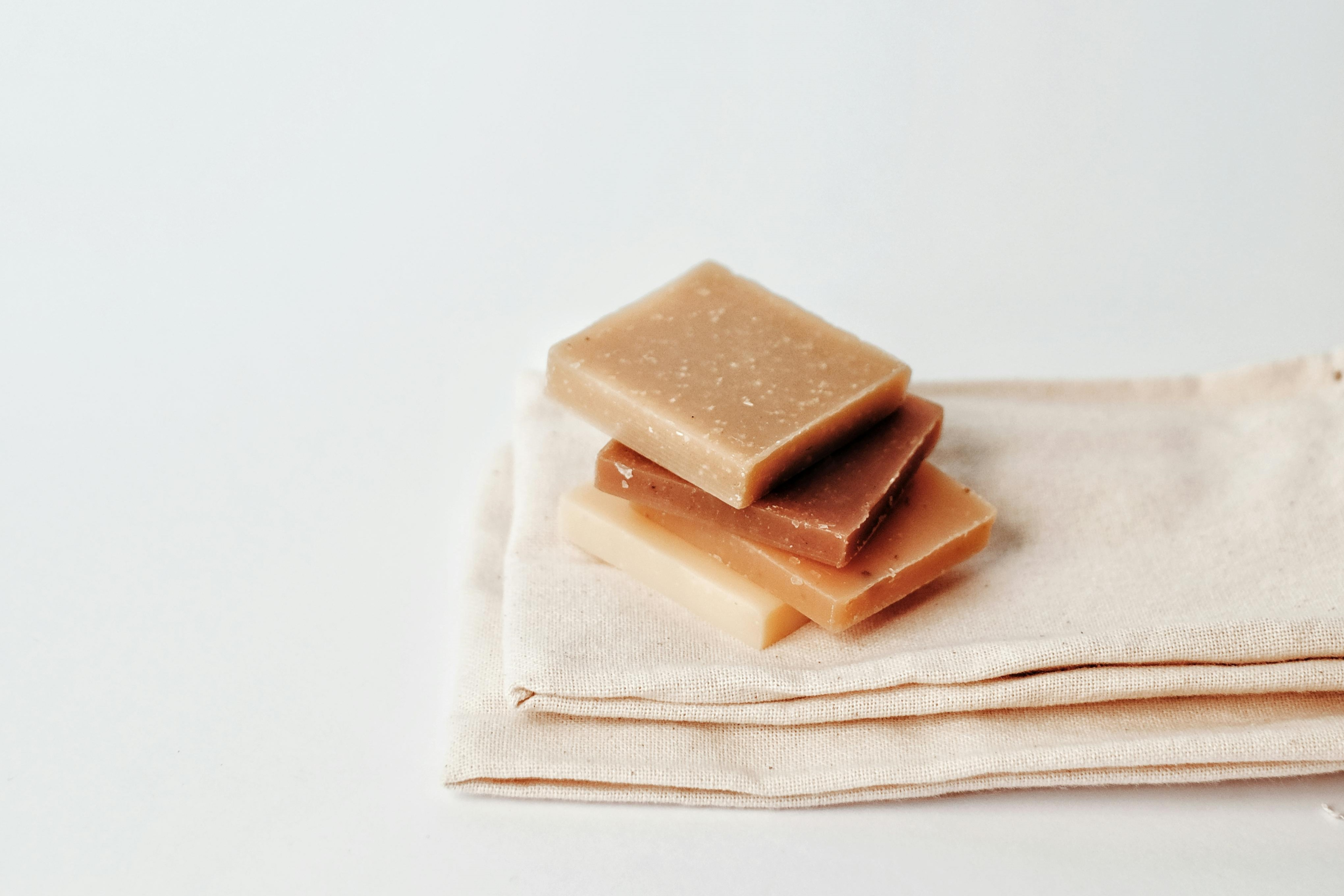
Maintaining the condition of your jewelry and preventing potential skin irritation requires proper care.
Essential Tips for Caring and Cleaning Your Jewelry
-
Wash using a soft cloth and mild soap.
-
Avoid abrasive materials that can scratch the metal.
-
Store your jewelry in separate pouches or compartments to prevent scratching and tarnishing.
-
Regularly check your jewelry for loose stones and signs of wear.
Proper maintenance of your hypoallergenic jewelry can extend its lifespan and allow you to wear it worry-free of irritation or discomfort.
Recognizing and Managing Metal Allergies

Managing metal allergies involves the avoidance of wearing jewelry made from non-hypoallergenic metals or opting for higher-quality metals with low nickel content.
To manage an allergic reaction, avoid non-hypoallergenic jewelry, choose metals with low nickel content, and recognize metal allergy symptoms like:
-
Red, itchy skin
-
Painful blisters
Consult a dermatologist if you suspect a metal allergy for diagnosis and treatment advice.
Choosing the Best Jewelry for You
Choosing skin-safe jewelry requires considering key factors for a comfortable and stylish experience:
-
Identify metals that can trigger reactions.
-
Choose high-quality, low-nickel metals such as medical-grade stainless steel, platinum, titanium, pure gold, and sterling silver.
-
Consider personal tolerance levels for each piece.
-
Check for metal purity marks and nickel-free labels while shopping.
Following these tips ensures you enjoy jewelry that complements your style without discomfort or irritation.
Summary

In conclusion, hypoallergenic metals are essential for people with sensitive skin or allergies, allowing them to enjoy wearing jewelry without irritation. By understanding hypoallergenic metals, identifying skin-safe options, and caring for your pieces, you can showcase your style confidently without worrying about skin reactions.
For high-quality stainless steel jewelry with genuine freshwater pearls and vintage charm, explore Ximena Rose. Our elegant and hypoallergenic pieces, crafted with love and whimsy, offer faith-based inspiration for your unique style.